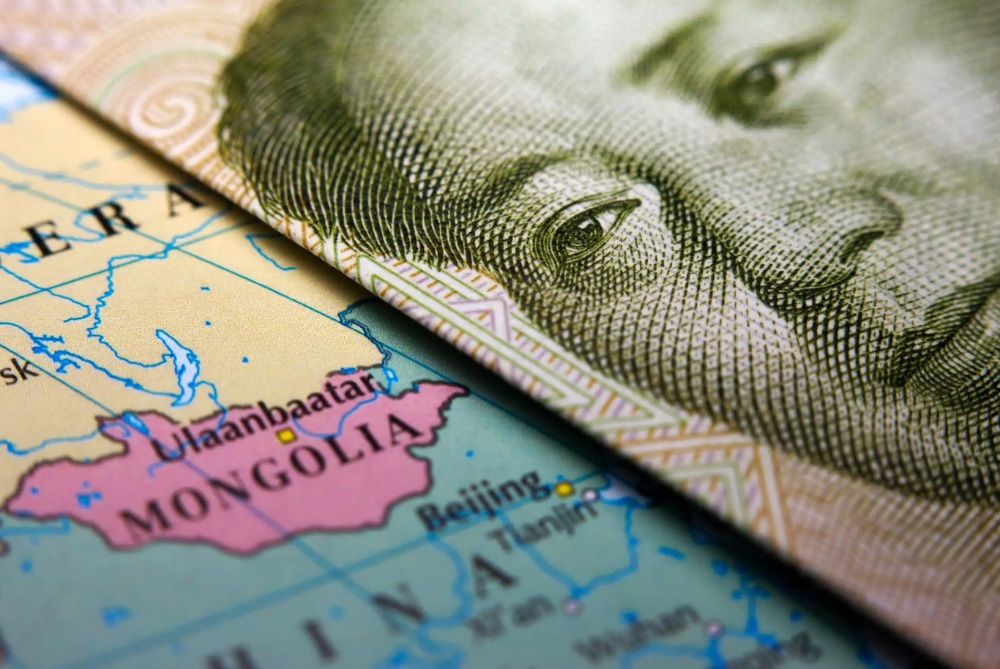Rare Earths MMI: Is China Losing the Rare Earth Magnets Race?

Seeing its first significant rise in over eight months, the Rare Earths MMI welcomed a boost of 6.84% month-over-month. Indeed, Chinese production of rare earths and rare earth magnets finally appears on the rise. It’s also possible that Chinese stimulus efforts impacted prices month-on-month. Neodymium, for instance, began a rally in mid-August before slowing down again. However, other rare earths, such as lanthanum oxide and yttrium, traded sideways. This seems to indicate that Chinese production remains somewhat stagnant. Still, the overall index rally could prove short-lived, and unless Chinese production and exporting pick up, the index will face further bearish pressure.
Is it time to say screw your suppliers?! ….Not exactly. But it is vital to walk into your 2024 metal contract negotiations prepared. Opt into MetalMiner’s September workshop “Tackling Falling Demand, Rising Prices and Supply Chain Shocks”.

China’s Slumping Economy and Its Impact on Rare Earth Magnets
The 2023 economic downturn in China significantly changed the production and cost of rare earths. In July 2023, China saw the cost of rare earths drop to their lowest level since November 2020. The price of praseodymium neodymium alloy also fell to $73.50 per kilogram, marking a notable decline. Reuters reported this drop in prices on July 13, 2023. Although rare earths prices experienced a welcome boost due to a recent sideways and upward trend month-over-month, China will still need to increase its manufacturing efforts to support the long-term outlook.
China’s ongoing restrictions on metal exports, which could potentially impact rare earths, continue to remind other nations to diversify their supply chains. CNBC reported on July 13, 2023, that China’s limitations on metal exports could encourage supply chain diversification.

President Luisa Moreno of Defense Metals Corp. anticipates that China will further tighten its restrictions on metal shipments. Indeed, China’s recent enforcement of export restrictions on metals like gallium and germanium continues to raise concerns. These limitations can potentially motivate other nations to actively seek greater diversification in their supply chains away from China, particularly in the case of rare earth magnets.
2024 contract negotiations are nearly here. Place a competitive edge onto your rare earths sourcing approach through MetalMiner Insights’ short-term and long-term price projections. Learn more.
China’s Ongoing Hold Over Global Rare Earths and Rare Earth Magnets
These restrictions may significantly impact global supplies of rare earth elements. According to this Asian Financial report, experts anticipate that the curbs will significantly drive the price of rare earth magnets. They also worry that this will make it more difficult for nations to obtain the materials they need for their businesses.

However, many countries are already taking steps to reduce their reliance on China for rare earths. For example, the United States has been researching alternative sources for these minerals while also working to expand its own rare earth production capability. This is part of an ongoing effort to alter China’s market dominance amid the ongoing U.S./China rare earths conflict. Meanwhile, Japan continues to invest in recycling methods to retrieve rare earths from electronic waste. This is just part of the country’s efforts to decrease its dependence on China for rare earth magnets supplies.
Is Price Stability Here to Stay?
Rare earths and rare earth magnets continue to face bearish pressure despite the short-term price rise. This situation is partly due to efforts to challenge China’s market domination by countries like Turkey, Canada, and the UK. This, in turn, also prompted a global search for fresh sources. Although shifting away from excessive reliance on one nation and/or source for rare earths constitutes a prudent long-term choice, it still presents short-term drawbacks.

As an article on Benchmark Minerals reports, mining operations outside of China continue to feel the squeeze of falling rare earth prices as Australia’s Lynas Rare Earths accumulates stocks. The price dynamics of rare earths mainly unfold through long-term contracts and spot trades since significant commodities exchanges do not trade them. Due to supply limitations from Myanmar for a substantial portion of the year, heavy rare earths saw the most unforeseen upside. The prices of rare earths (neodymium, dysprosium, terbium, and praseodymium) turned out lower than expected due to the ongoing consumer confidence crisis and continuing constraints in the automobile industry.
Get a competitive edge in challenging rare earths market conditions. Learn game-changing metal industry insights by opting into MetalMiner’s free weekly newsletter.
Rare Earths MMI: Notable Price Shifts
- Terbium oxide rose by a very significant 10.77%, bringing prices to $1,115.06 per kilogram.
- Yttrium prices remained stationary at $34.06 per kilogram.
- Neodymium rose 5.54%, bringing prices to $84,374.87 per metric ton.
- Finally, rare earth carbonate witnessed a 4.36% increase, leaving prices at $5,556.39 per metric ton.


Leave a Reply